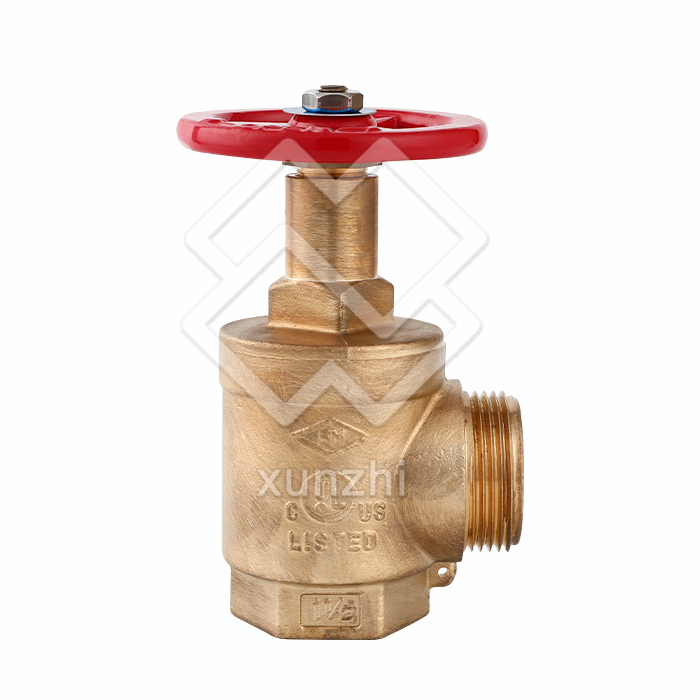Fire Angle Valves are the mainstay of fire protection. Used in rack hose assemblies, they are ideal for connecting to a fire hydrant's outlet. The inlets are threaded with a National Pipe Thread, while the outlets are female swivels that connect to the end of fire hoses. They are available in a variety of styles to match your specific needs and can withstand pressures as high as 300 psi.
The most common type of fire hose angle valve is the standard valve, which is designed to connect to the hydrant's outlet. It comes in 1/2" NST, 2 1/2" NST, and female NPT threads. The pressure-restricting hose valves are designed to restrict the discharge of water by as much as 175 PSI, while the standard angle valves restrict the flow to lower pressures. Both types of angle valves are required by law in many jurisdictions, and the NFPA 14 standard requires that they be threaded caps or with National Hose Standard threads.
The ANSI class rating is the standard for a
fire hose angle valve. It refers to the American Society of Mechanical Engineers, or ASME, that develops manufacturing standards. Some manufacturers describe their products by their "Class" classification, which is a three or four-digit number that specifies the degree of restriction. Typically, this designation is referred to as the valve's pressure-restricting capacity.
 1.5“FNPTX1.5“MNH Angle Valve
1.5“FNPTX1.5“MNH Angle Valve The pressure-restricting angle valve is also available. It uses an adjustable bonnet and stem to limit the discharge pressure. It is mandatory for a fire hydrant to have a hose angle valve, and many jurisdictions require it to meet NFPA 14 standards. Some jurisdictions require a valve for the connection between a hydrant and a hose. The National Hose Standard requires that the connection be threaded and that the caps fit tightly.
When selecting the right Fire Angle Valve for your application, it is important to understand the differences between a standard valve and a pressure-restricting valve. A standard valve has an elbow and is designed to connect to a fire hydrant outlet. A pressure-restricting angle valve is designed for a fire hydrant, while a NFPA-compliant angle valve can control up to 175 PSI.
Fire Hose Angle Valves are often called "fire hydrant valves" and are a type of hydrant valve. They are designed to connect to the outlet of a fire hydrant. There are two main types of Angle Valves: the standard valves and the pressure-restricting ones. These types of Angle Valves are used for fire hose connection to fire hydrants and to prevent the hose from escaping.
A fire angle valve is a valve designed to reduce pressure and allow water to flow. A non-restrictive valve is suitable for low-pressure steam service, but high-pressure steam service requires a Class 150 angle valve. This valve is also used in standpipe systems. Its NFPA 14 requirement requires that fire hose valves be listed. Some states require that the angle valves are certified as lead-free.
